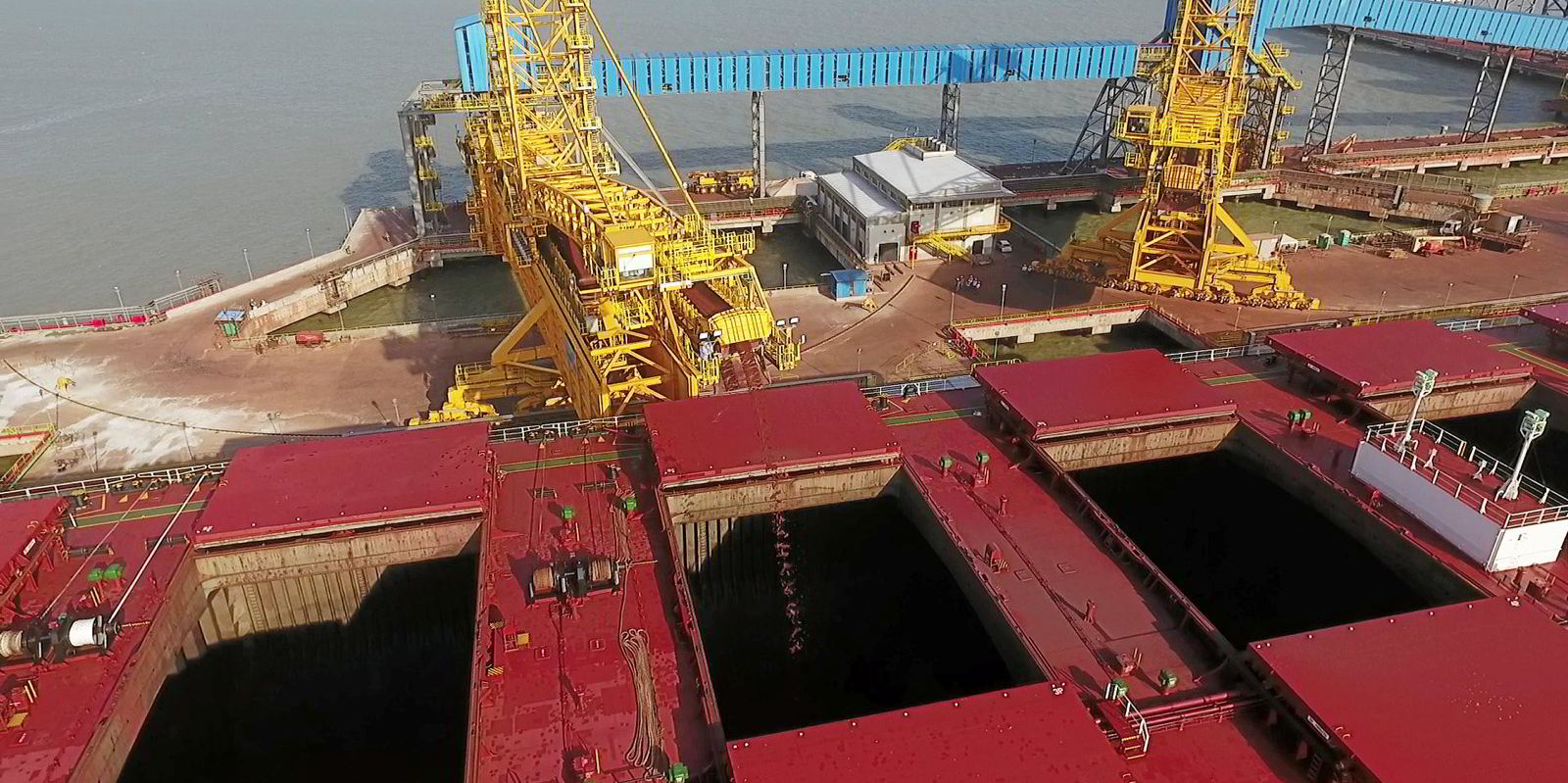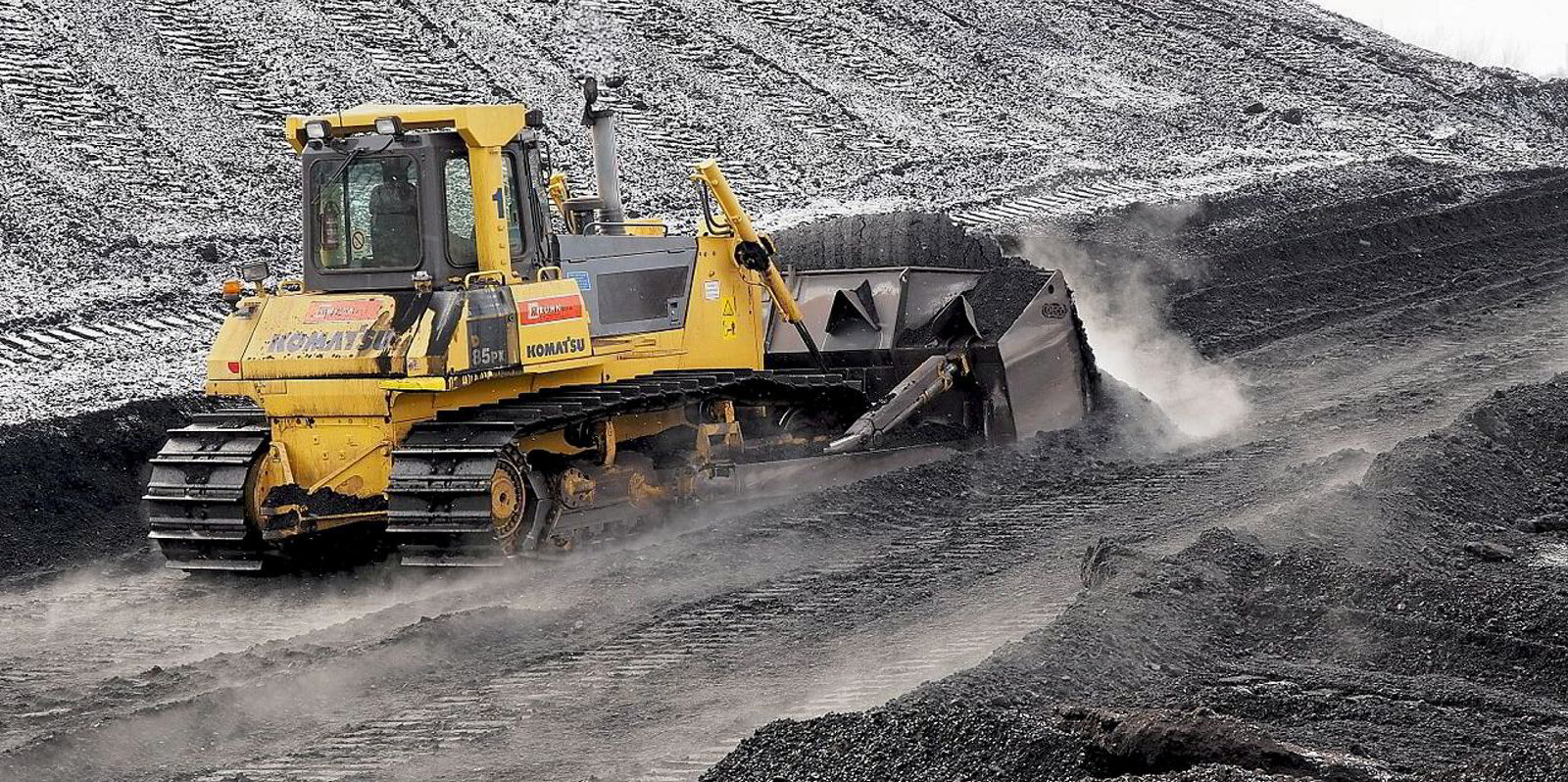The Baltic Dry Index (BDI) has dropped below 1,000 points for the first time in a month as steel prices remain weak due to lacklustre iron ore demand from China, according to analysts and brokers.
The dry bulk market barometer declined 4.8% on Wednesday to 994 points after falling steadily from a high of 1,233 points on 6 June. The last time the BDI fell below 1,000 points was on 5 June when it slipped 7.6% to 939 points.
The capesize bulker segment exerted the most downward pressure on the BDI on Wednesday as the Baltic Exchange’s Capesize 5TC basket of spot-rate averages dropped 10.7% to come in at just over $12,200 per day.
Average spot rates for the small and midsize bulkers also pulled down the BDI on Wednesday, but by not as much.
The Panamax 5TC slipped 1.9% on Wednesday to $8,723 per day, as the Supramax 10TC declined 1.4% to land at $8,104 per day. The Handysize 7TC dropped 1.2% to $7,737 per day on Wednesday.
“Dry bulk rates remain under pressure across all segments,” Jefferies analyst Omar Nokta wrote in a note on Wednesday.
“Weaker steel markets and softer coal trade have led to the pressure and [forward freight agreements] have slipped as well.”
He noted that contracts for the second half of 2023 averaged $20,000 per day in May, but they fell to $17,000 per day in June and have slid to under $15,000 per day for July.
China’s lagging economy is the main culprit for lower steel prices that have hurt profitability at China’s steel mills, he told TradeWinds.
“This is keeping iron ore demand less supported,” he said. “That’s our sense.”
China’s steel mills have increased output since mid-June, but lower steel volumes from other countries have kept prices down, said Jeffrey Landsberg, president of Commodore Research.
“What is truly weak is the steel market outside of China,” he told TradeWinds.
“Crude steel production outside of China has contracted on a year-on-year basis for 15 straight months.”
Enough demand for higher supply
But there is apparently enough global steel demand to absorb significantly higher iron ore exports from Brazil and, to a smaller degree, other countries, according to a report on Tuesday from UK-based shipbroker Braemar.
Brazil exported 94.8m tonnes of ore during the second quarter to reach its highest second-quarter export volume since the Brumadhino dam disaster in January 2019 and the second-highest second-quarter output on record, the broker noted.
“An annual jump of close to 20m tonnes is evidently an indication of improved iron ore supply,” Braemar said.
The broker attributed Brazil’s higher iron ore exports to fewer weather-related disruptions and operational improvements that could boost output further if demand calls for it.
The firm also pointed out that combined iron ore volumes out of Australia, Brazil, Canada, India, South Africa and Sweden may total about 712m tonnes in the first half of 2023.
“If realised, this would mark a yearly gain of around 4% for the first six months of 2023,” the broker said.






